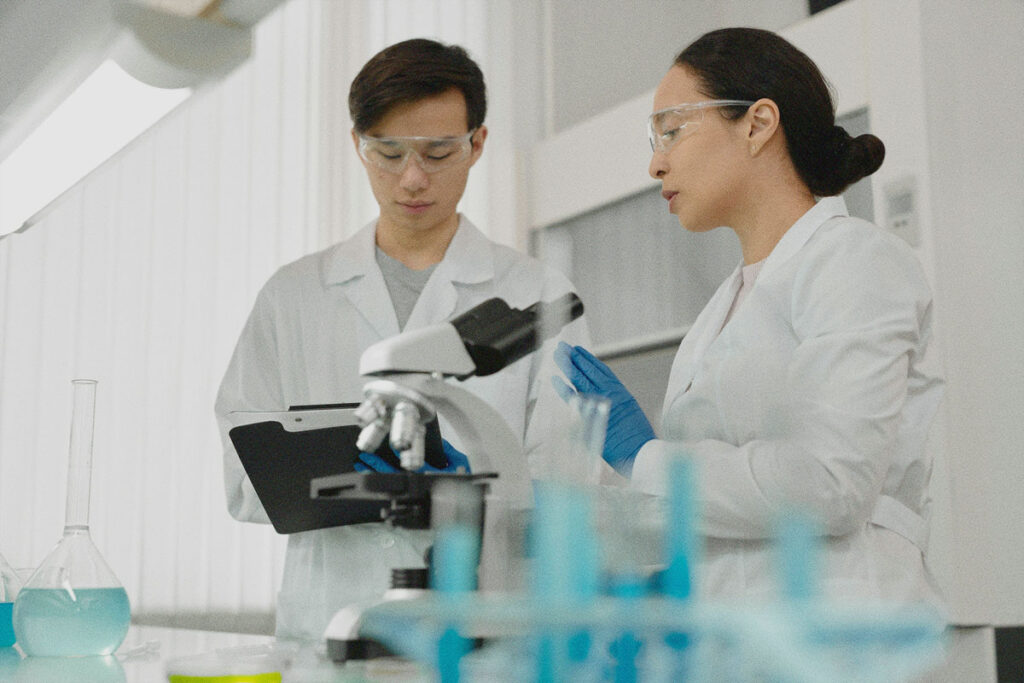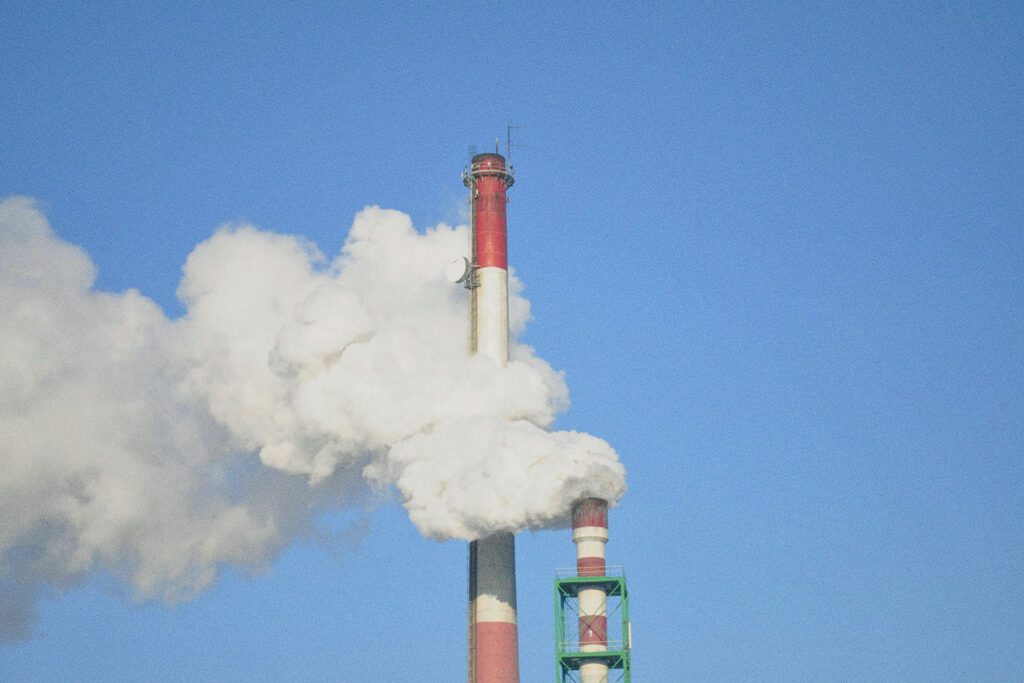



 POLLUTION
POLLUTION
Pollution doesn’t just negatively impact our environment—it impacts human health, too. Simply put: when the planet is unhealthy, so are we.
But we have the power and agency to make more mindful decisions about how we make products and what we choose to buy.
At a systemic level, we must first reduce consuming things we do not need and then prioritize phasing out of the most harmful pollution sources, while identifying healthier alternatives to use instead. This will reduce the negative impacts of pollution on both human and environmental health, saving lives.

The threat of pollution is mostly invisible—but its impacts aren’t.
The pollutants leaking into our environment do serious damage. And when it comes to chemical pollution, we’re almost certainly underestimating the impact: only a small fraction of commonly used chemicals have been adequately tested for toxicity, which means their threat to our safety can’t yet be quantified.
Just because we haven’t fully calculated the costs doesn’t mean they don’t exist. Scientists estimate the health costs associated with exposure to just one class of chemicals to be at least $5 billion in the US.
While we know the negative impacts of air, water, and land pollution, researchers are just beginning to speculate on the impact of micro and nano plastics in our biosphere and bodies over time.
 are also linked to wide-ranging health issues in humans too, from cancer to birth defects.
are also linked to wide-ranging health issues in humans too, from cancer to birth defects.

While pollution is typically viewed as a local issue to be addressed through local policy, pollutants don’t stay within boundaries. Once introduced into the environment, they can travel through air, water, the food chain—and consumer products. It is increasingly clear that pollution is a global threat that urgently requires both local and global solutions.


